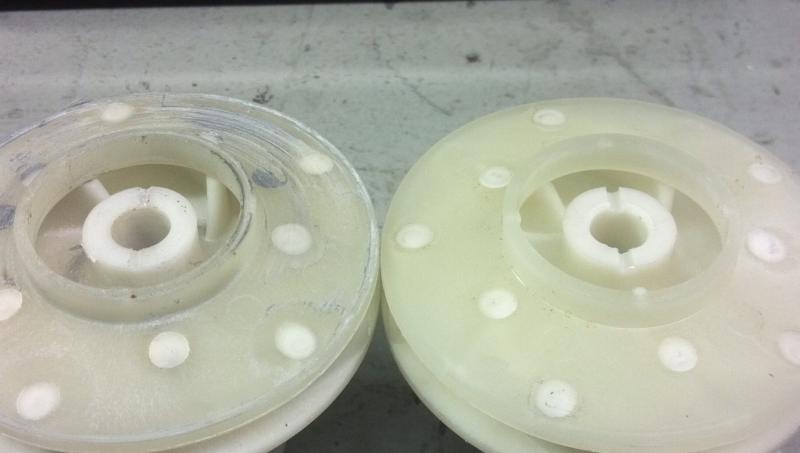WalterAtMarchPump
Well-Known Member
PunkinDrublic, go here: http://www.marchpump.com/site/files/966/109758/375997/601268/0135-0107-1000_R15.pdf
that shows all the options for the MDX pumps
You can buy parts#: 2/5/9/10/11/19 and you can convert it to 1/2FPT on the inlet and 3/8FPT outlet.....beside that i dont think that compression fittings will work in this case....unless you wanted to use a short piece of hose with some hose clamps or somthing...
that shows all the options for the MDX pumps
You can buy parts#: 2/5/9/10/11/19 and you can convert it to 1/2FPT on the inlet and 3/8FPT outlet.....beside that i dont think that compression fittings will work in this case....unless you wanted to use a short piece of hose with some hose clamps or somthing...













